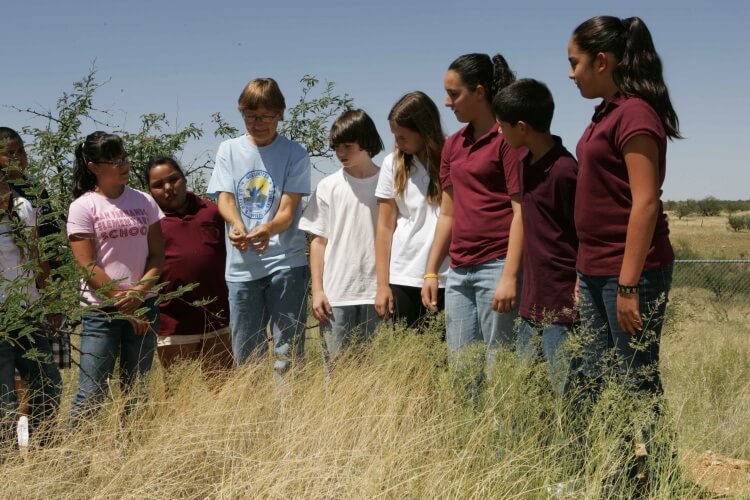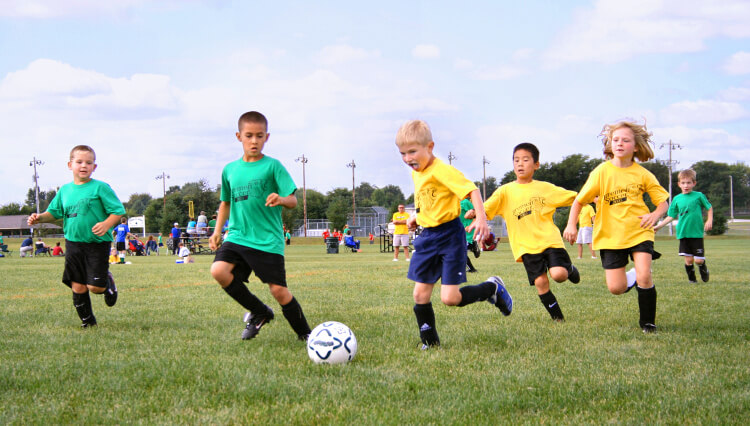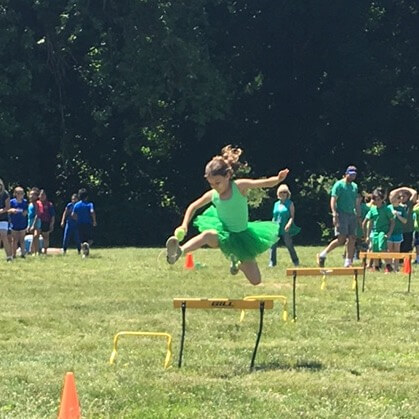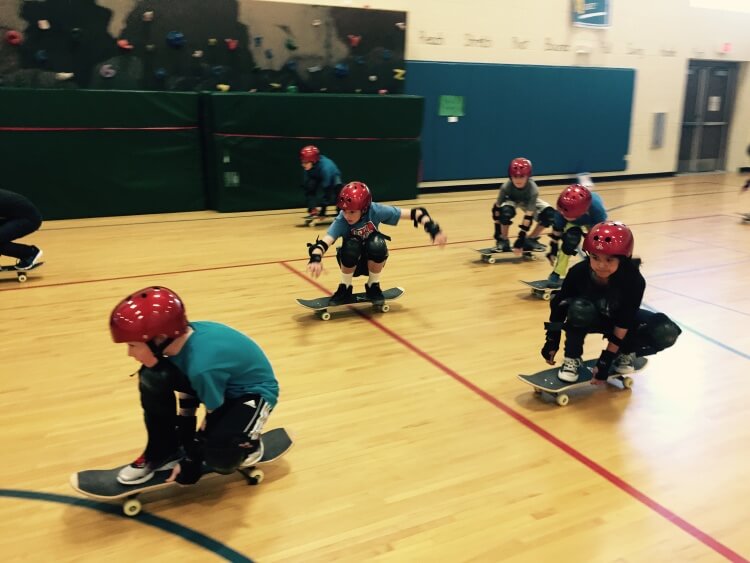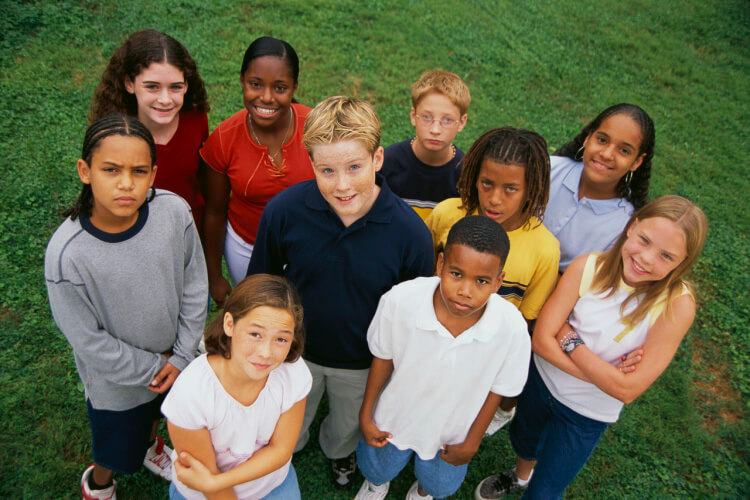I just completed my ninth year of teaching. It’s officially summer! For me, summer is a time to go to the beach, visit as many playgrounds as possible, eat sno-cones and popsicles, watch movies, spend time with my family, swim, and attend #PhysEd conferences. I intentionally carve out a ton of time to improve my pedagogy. Before the school year ends, I think of 3-4 big things I want to accomplish over the summer in order to get ready for the next school year. This year, I’ve chosen three summer projects, each inspired by someone in the #PhysEd and sport communities.

Summer Project #1: Attempt to Create a Yearly Unit Plan
Creating a yearly plan is something I’ve always wanted to do, but have felt there were limitations within my schedule to create one. Students at my school are enrolled in physical education for three quarters and health for one quarter. Our class rosters change slightly at the end of each quarter/grading period. The students’ schedules can even change during the school year, which means they may change class periods and/or teachers. As a result, my students’ physical education experiences vary greatly. There are always going to be units, activities, and concepts my students miss.
